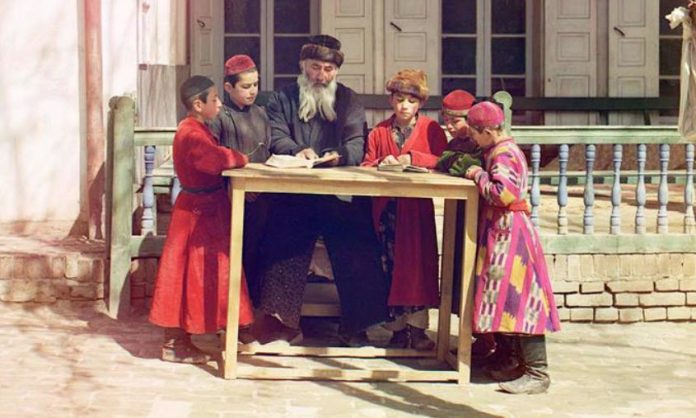By Mordechai Lightstone
The early chassidic movement attributed profound importance to the power of music. “If words are the pen of the heart,” taught Rabbi Schneur Zalman of Liadi, the founder of Chabad Chassidism, “then song is the pen of the soul.”
Beyond Chabad’s own robust tradition of songs—largely wordless niggunim—chassidim brought songs from diverse cultures into the repertoire of the Chabad musical tradition.
There is a considerable historical connection between the Chabad movement, which originated in what is now Belarus, and the Sephardic world. In 1892, Rabbi Shlomo Yehudah Leib Eliezerov, a Chabad chassid, was dispatched on behalf of the Sephardic community in Hebron to Samarkand, Uzbekistan, where he saw the need to help strengthen the local Bukharan Jewish community.
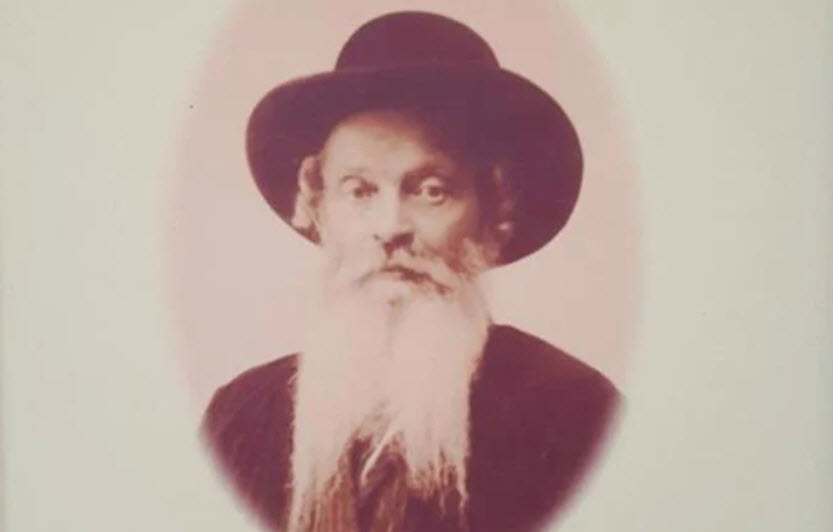
Consulting with the Rebbe Rashab, Rabbi Shalom Dovber Schneersohn of Lubavitch, he stayed on as a rabbi, opening a yeshivah to strengthen the ranks of local rabbis and shochetim. The Rebbe Rashab sent additional students to various cities not only in Bukhara but to other central Asian communities in Georgia and the Caucasus. There, the chassidim worked in tandem with local chachamim and members of the local Jewish community to train a new generation of leaders.
When the anti-Semitic oppression of the Soviet Union bore down on the Jewish communities of Belarus and Ukraine, chassidim took refuge in the Soviet interior, moving to communities in the Caucasus Mountains and Central Asia.
On February 7th, 1950, Rabbi Michoel Lipskier and his wife, Taibel, were sent to Meknes, the “Jerusalem of Morocco,” the first such emissaries sent by the Rebbe, Rabbi Menachem Mendel Schneerson, of righteous memory. Other emissaries soon followed to other cities in Morocco and nearby Tunisia.
The Rebbe would often ask visiting Chabad emissaries, local rabbinic leadership and groups visiting from other countries to share their songs during farbrengens. Some of these songs were one-off acknowledgments of visiting communities, such as on Purim 1979, when a group of Iranian student refugees sang the song “Yigdal Elokim Chai,” while others became perennial Chabad classics.
1. Ozreini Kel Chai
This song was first introduced to Chabad chassidim on Rosh Hashanah in 1955. Rabbi Nissan Pinson, then an emissary in Morocco, sang the song at the Rebbe’s behest. Composed by Rabbi Raphael Antebi Tabbush of Aleppo, it’s one of several piyutim, Hebrew hymns, popular with the Jews of North Africa on Rosh Hashanah and Yom Kippur.
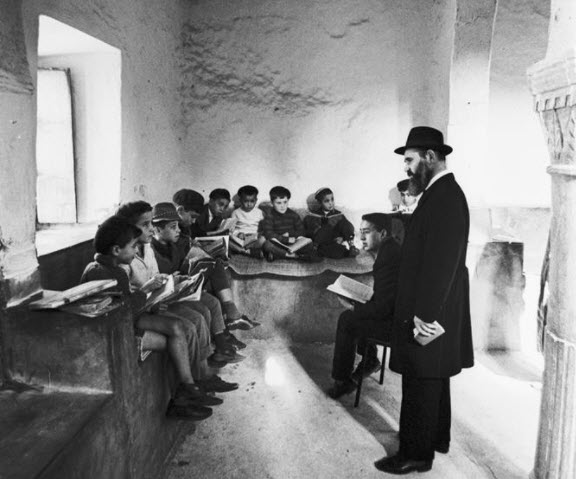
After the holiday ended, when it was permissible to write again, the Rebbe asked Pinson to write the words for him. The Rebbe would often request that Rabbi Yeshua Hadad, an early student of the Chabad yeshivah in Meknes, and Rabbi Aharon Tawil, of Argentina, sing “Ozreini Kel Chai” at farbrengens.
In 1971, during the production of the eleventh Nichoach “Chabad Melodies” album, the Rebbe asked that the Sephardic songs “Ozreini Kel Chai,” “Atem Shalom” and “Adon Haselichot” be added as tracks.
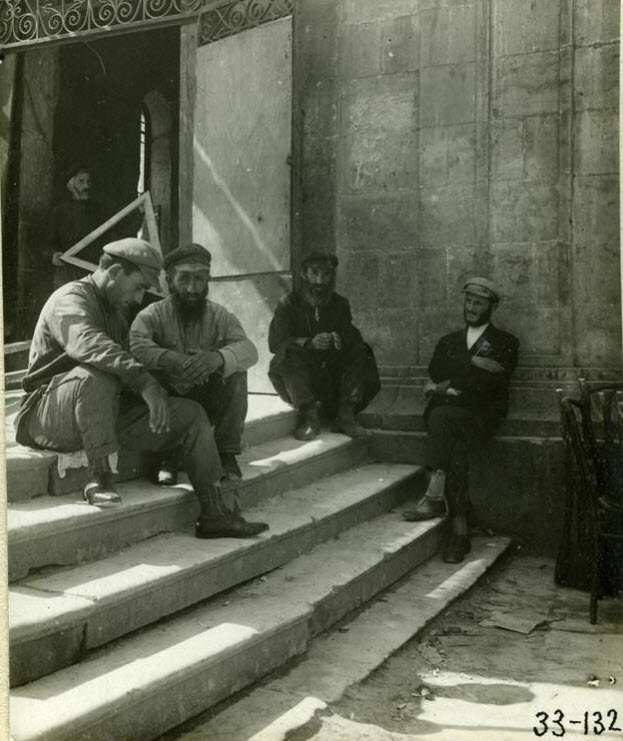
When a large group of Soviet refugees from Uzbekistan came to visit the Rebbe in 1971, he asked that they sing a Bukharan melody. Rabbi Refael Chudidaitov, a leader of the Bukharan community, who helped save thousands of refugees from Eastern Europe during the Second World War, led the song.
Watch “Atem Shalom” sung at a Purim gathering. The stanzas are led by Chudidaitov.
3. Adon Haselichot
When Georgian chacham, Rafael Alashvili, Chief Rabbi of Kulashi, and other Soviet refugees from Georgia visited the Rebbe for the first time in 1971, he introduced this song to the wider Lubavitch community.
One of the oldest Selichot prayers, it is popularly said by Sephardic and Mizrachi Jews during the month of Elul during preparations for the High Holidays. The Georgian version has a unique refrain: “Who is this and where is He, this is my G‑d and I shall glorify Him!”
4. Hiney Mah Tov
“Behold how good and how pleasant it is for brothers also to dwell together!”—Psalms 133:1
The song is believed to have originated with the Mizrachi community in Israel, where Chabad chassidim heard it, possibly adding the wordless second part of the song. The song is especially popular during Lag BaOmer, with the holiday’s focus on Jewish unity and pride.
5. Kol Sasson, a Song in Georgian
A lively Georgian Jewish song normally reserved for weddings. In 1972 the Rebbe asked a recent émigré from Georgia to sing a traditional song of the Georgian Jews.
6. Ein Adir (Mipi Kel)
A popular song from the Sephardic hakafot liturgy on Simchat Torah, “Ein Adir”’s lyrics begin with each letter of the Hebrew alphabet and shares the praise of G‑d, Moses, the Torah and the Jewish people. The Rebbe would often refer to this song as dem Sefardish’n niggun, “the Sephardic song,” and asked that it be sung on multiple occasions. The Rebbe highlighted the song’s connection to the Previous Rebbe through his educational initiatives for North African and Central Asian Jewry, as well as the song’s connection to Moses and the Torah. As such, the Rebbe would especially request it be sung on Shavuot or Simchat Torah.
7. Shamil
This song, while not of Sephardic origins, originates in the Muslim world and is of particular interest. Taught by the Rebbe on Simchat Torah 1958, the song is attributed to Avar Muslim leader Shamil from present-day Dagestan, Russia. It’s melodic structure is unique—rising, dropping, and then rising another octave over the course of a very short song.
As the Rebbe related, Shamil and his warriors were engaged in a battle against the Czarist army. Unable to vanquish the valiant warriors in battle, the Russian army leaders proposed a false peace treaty, and thus succeeded in getting them to lay down their arms. Immediately afterwards, the Russians lured Shamil away from his stronghold and imprisoned him.
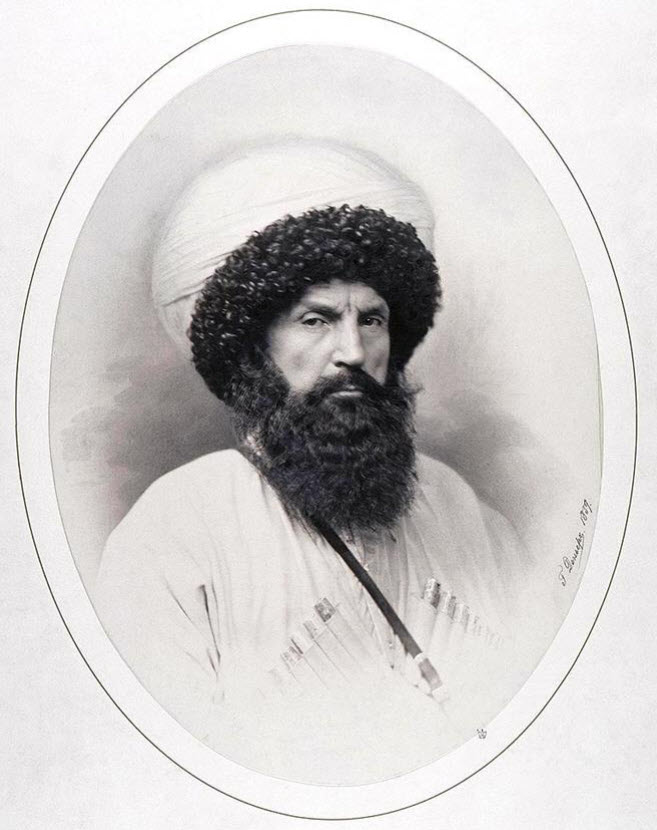
Staring out of the window of his narrow cell, Shamil reflected on his days of liberty in the past. In his current exile and helplessness, he bewailed his plight and yearned for his previous position of freedom and fortune. He consoled himself, however, with the knowledge that he would eventually be released from his imprisonment and would return to his position with even more power and glory. He expressed these thoughts in this melancholic, yearning melody.
The moral, as the Rebbe related, is that the soul descends to this world from the heavens above, clothed in the earthly body of a human being. The soul’s physical vestments here are really its prison cell, for it constantly longs for spiritual, heavenly fulfillments. The soul strives to free itself from the “exile” of the human body and its earthly pleasures by directing its physical being to the illuminated and living paths of Torah and mitzvahs.
Watch “Shamil” being sung as the Rebbe distributes “wine of blessing” after Passover 1990:
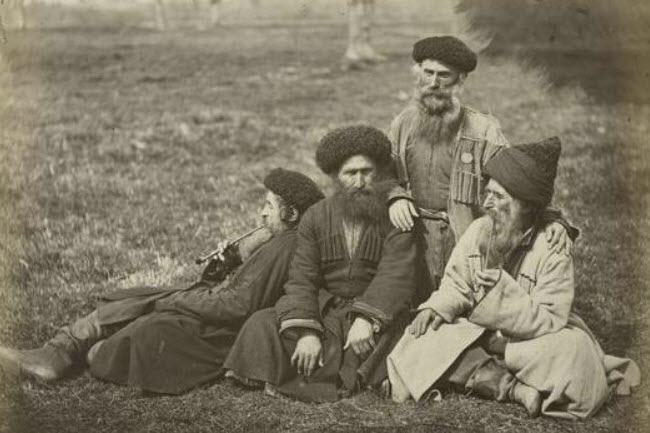
credit to Chabad.org


